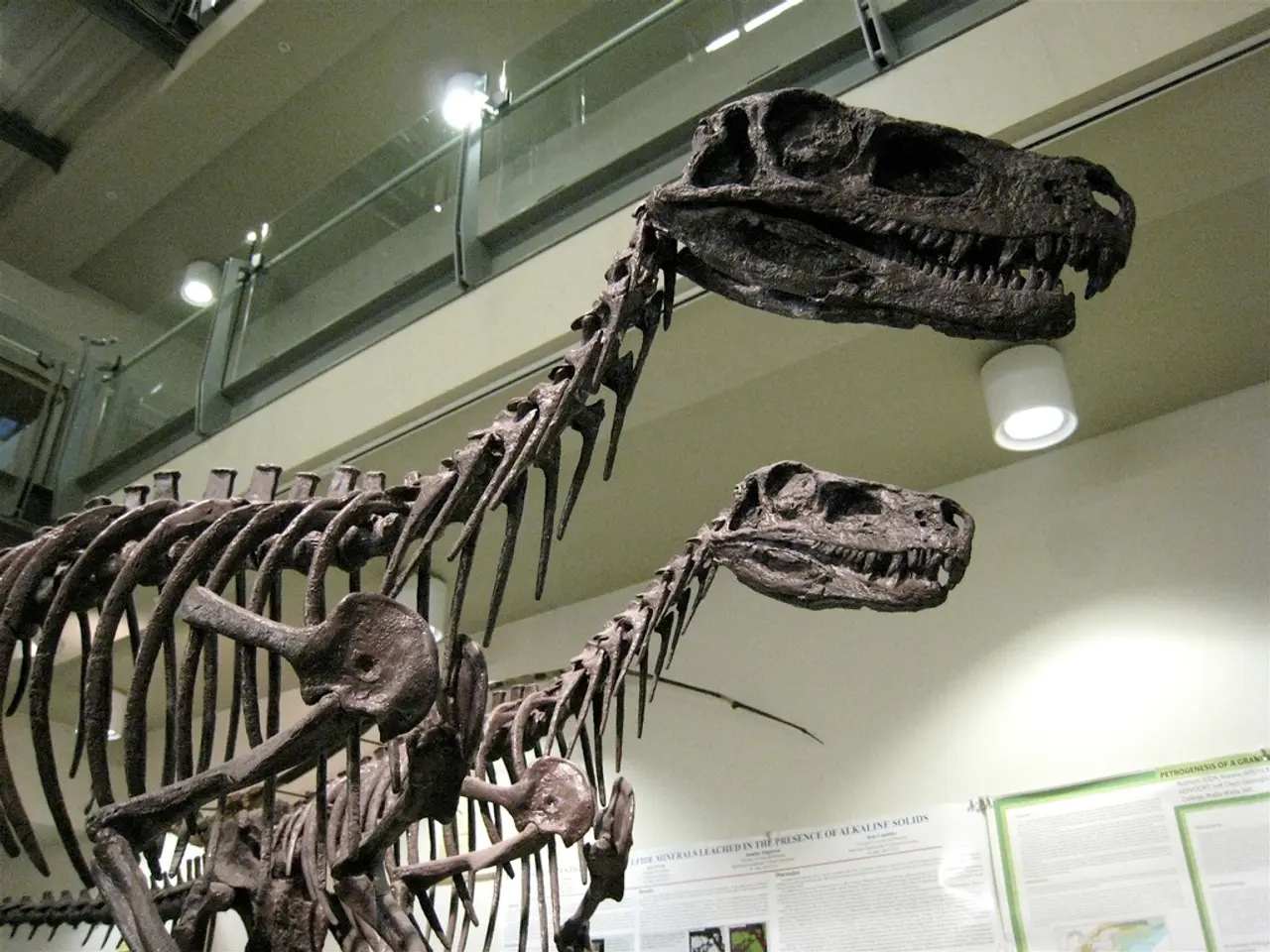Administration of Trump Initiates Action to Eliminate Satellite Tracking Atmospheric Carbon Levels
The Trump Administration's budget proposal for Fiscal Year 2026 threatens the Orbiting Carbon Observatories (OCO) missions, OCO-2 and OCO-3, which are satellites critical for tracking global carbon dioxide emissions and monitoring plant health[1][2][3]. These satellites have been providing invaluable data to climate scientists, oil and gas companies, farmers, and academia for years[1].
OCO-2 was launched in 2014, and OCO-3 has been operating since 2019 on the International Space Station[1]. Both satellites offer unmatched data sensitivity and accuracy in detecting carbon fluxes and photosynthetic activity[1][5].
These missions have been instrumental in key climate insights, such as the Amazon rainforest’s carbon emissions and boreal forests' role, as well as early detection of drought and crop failures crucial for global food security[1][5]. The OCO-2 satellite helps quantify how natural carbon sinks such as forests and oceans offset carbon dioxide emissions[6]. Moreover, the data from OCO-2 contributes to supporting the Paris Agreement and helps farmers and agricultural scientists estimate crop productivity and monitor drought[7].
The OCO-2 satellite also provides valuable insights into urban carbon dioxide emissions, offering a clear picture of the carbon footprint of cities[2]. Furthermore, OCO-2 can measure plant growth by detecting the "glow" plants emit during photosynthesis[8].
The proposed shutdown is seen as potentially illegal by some in Congress, given NASA was directed to begin shutdown preparations before budget changes were authorized by Congress, leading to legislative pushback and debates over the legality and prudence of these cuts[2][4].
The scientific community argues that the annual cost (~$15 million) is minor compared to the missions’ value in climate monitoring, and terminating them could undermine the U.S.'s leadership in Earth observation and international climate commitments like the Paris Accord[3][4].
David Crisp, a retired NASA scientist who designed the satellites and managed the missions until 2022, has been consulted by current NASA employees regarding the termination plans[9]. In July, congressional Democrats warned acting NASA administrator Sean Duffy not to terminate missions that Congress has funded, which may indicate an attempt to save the OCOs[10].
NASA is seeking partnerships with institutions and companies to take over the cost of maintaining OCO-3 on the International Space Station[11].
In summary, while the Trump Administration's FY2026 budget proposal aims to end OCO-2 and OCO-3 funding, these missions currently remain operational amid strong Congressional opposition and scientific advocacy emphasizing their ongoing critical role in climate science and policy[1][2][4][5]. The future of both OCO-2 and OCO-3 remains uncertain, as they hang in the balance of America's climate and environmental science programs.
- The Orbiting Carbon Observatories (OCO) missions, specifically OCO-2 and OCO-3, are crucial for tracking global carbon dioxide emissions and monitoring plant health, playing a significant role in climate science.
- OCO-2, launched in 2014, and OCO-3, operating since 2019 on the International Space Station, offer unmatched data sensitivity and accuracy in detecting carbon fluxes and photosynthetic activity.
- The scientific community argues that the annual cost to maintain the OCO missions is minor compared to their value in climate monitoring and that terminating them could undermine America's leadership in Earth observation and international climate commitments like the Paris Accord.
- Congressional Democrats have warned acting NASA administrator Sean Duffy not to terminate missions that Congress has funded, indicating an attempt to save the OCOs.
- The future of both OCO-2 and OCO-3 remains uncertain, as they hang in the balance of America's climate and environmental science programs and face strong Congressional opposition to their potential shutdown.
- As the scientific community advocates for the ongoing critical role of OCO-2 and OCO-3 in climate science and policy, NASA is seeking partnerships with institutions and companies to take over the cost of maintaining OCO-3 on the International Space Station.







